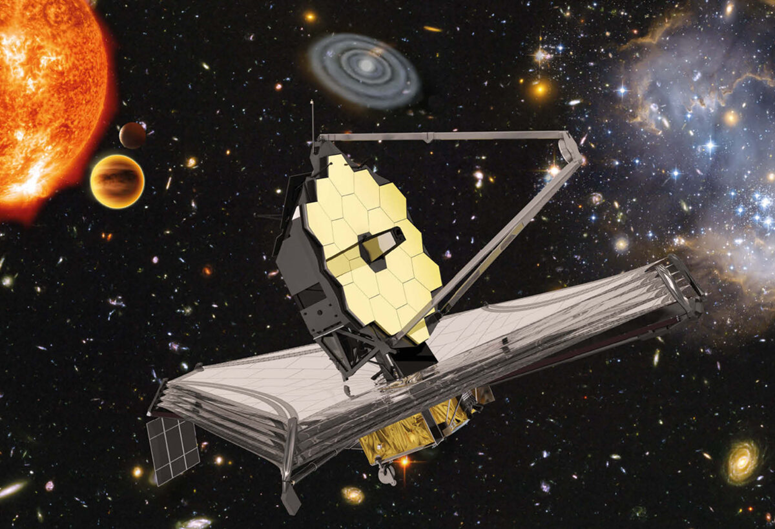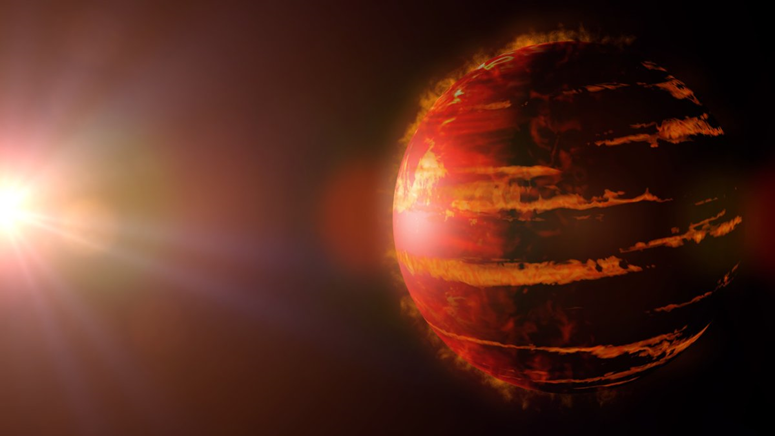40light-years from Earth...the discovery of a new “hellish” planet surrounded by hot sand clouds

The US space agency NASA is actively monitoring planets and stars in space.
It relies on many space telescopes, including the James Webb Space Telescope, which is the most famous and most accurate.
He recently made a wonderful discovery about a distant “hellish” planet known as VHS 1256 b, which scientists have acknowledged is the first of its kind in the history of the universe.
The telescope discovered several details of this planet, which is located 40 light-years from Earth.
The planet has a unique atmosphere of hot sand clouds, which mix, move, and rise constantly during its 22-hour day.
According to the report, swirling silicate clouds in the planet's atmosphere sway at higher altitudes, where temperatures reach 1,500 degrees Fahrenheit.
The team of researchers led by Brittany Miles from the University of Arizona used near-infrared spectroscopy (NIRSpec) and the MIRI camera; It is a mid-wave infrared astrophotography camera on the James Webb Telescope for making observations.
The data revealed the presence of water, methane, carbon monoxide and carbon dioxide in the planet's atmosphere.
The researchers also found that VHS 1256 b is a relatively young planet, having formed only 150 million years ago.
It is believed that the planet's youth is the cause of the intense turmoil in its skies.

The observations made by the James Webb Telescope are important, as no other telescope has identified so many features for a single target before.
NIRSpec is capable of observing 100 objects simultaneously, while MIRI has a camera and a spectrograph that can see light in the mid-infrared region of the electromagnetic spectrum.
Using these instruments, the telescope detected larger and smaller silicate dust grains within hot sand clouds.
The team of researchers found that the planet has low gravity compared to other massive brown dwarfs.
This means that silicate clouds can appear and remain higher in the atmosphere, where they can be detected with a telescope.

However, the researchers cautioned that more work is needed to understand the specific types of clouds that match different grain sizes and shapes.
But this is not the last word on VHS 1256b, noted co-author Andrew Skimmer of the University of California, California.
Instead, it is the beginning of a large-scale modeling effort to fit the complex data obtained by James Webb.
Co-author Beth Beeler of the University of Edinburgh suggested that fine silicate grains in the atmosphere may resemble tiny particles in smoke, while larger grains may be more like very hot, very small particles of sand.
In short, James Webb's discovery of VHS 1256 b is an important achievement that sheds light on the unique properties of this distant planet.
Detailed observations of the planet's atmosphere provide scientists with new insights into the formation and evolution of planets outside our solar system.
It is worth noting that the James Webb Space Telescope operates using the most advanced instruments in its field.
Source: websites

